Photography at GVSU
Studies in Photography at Grand Valley State University encompass the history, critical and aesthetic theory, and varied practice of photography as a medium of visual communication and expression in culture and society.
As in all forms of communication, the study of photography requires that students synthesize analytical and creative capacities and apply them to the critical interpretation and creative production of meaning. Mastery in photography requires an understanding of the visual language of the medium, the acquisition of technique, and a disposition of intellectual curiosity.
The Student Photographer
What does it mean to study photography at GVSU? Perhaps this video can answer that question.
Degree Options
BA/BS degrees
The B.A. and B.S. degrees prepare students to engage graduate studies in fine art programs, begin careers as professional artists, work creatively in commercial advertising and portrait studios, produce compelling work as photojournalists and editorial photographers, apply their expertise in museums and galleries, or combine a knowledge of image-making with another field for a variety of interests and functions.
Bachelor of Arts/ Bachelor of Sciences, Photography – Information
Photography Minor
The Photography minor offers students in other majors the opportunity to pursue their interest in photography. Students take seven courses for the minor for a minimum of 21 credits
Why Photography at GVSU?
A dedication to the education of intelligent image-makers that is neither constrained in a vocational training program, nor a narrow studio art emphasis alone, is what makes the photography program at Grand Valley distinct and valued in the state and region.
- The school has many ties with business, community, and cultural organizations, and has contacts with experts in a variety of areas in communications, which serve as outstanding resources both within the classroom and for internships.
- The diversity of courses offered allows students the opportunity to explore a variety of photographic methods and applications as they develop their personal expertise and interests.
- The program prepares students to engage graduate studies in fine art programs.
- Faculty in photography have a broad range of professional experience and a dedication to teaching.
Learning Environment
The photography program offers high-quality, student-centered, production and theory courses aimed at developing liberally educated professionals able to thoughtfully adapt and thrive in a variety of professional and creative environments.
As meaning-makers, students need to combine photographic technique and their understanding of visual language with ideas that emanate from an authentic sense of self. The individuality and integrity of the photographer are essential grounds for the self-governance and success of any artist and professional. Although the photographer needs expertise in the practice, history, and critical study of photography, these are rarely the content of the photographs they make. Breadth and depth in studies in a variety of fields contribute to the intellectual life of a photographer and his or her understanding of the cultural, political, social, ethical, and aesthetic uses of images. This dedication to intelligent image-makers is neither constrained in a vocational training program, nor a studio art emphasis alone.
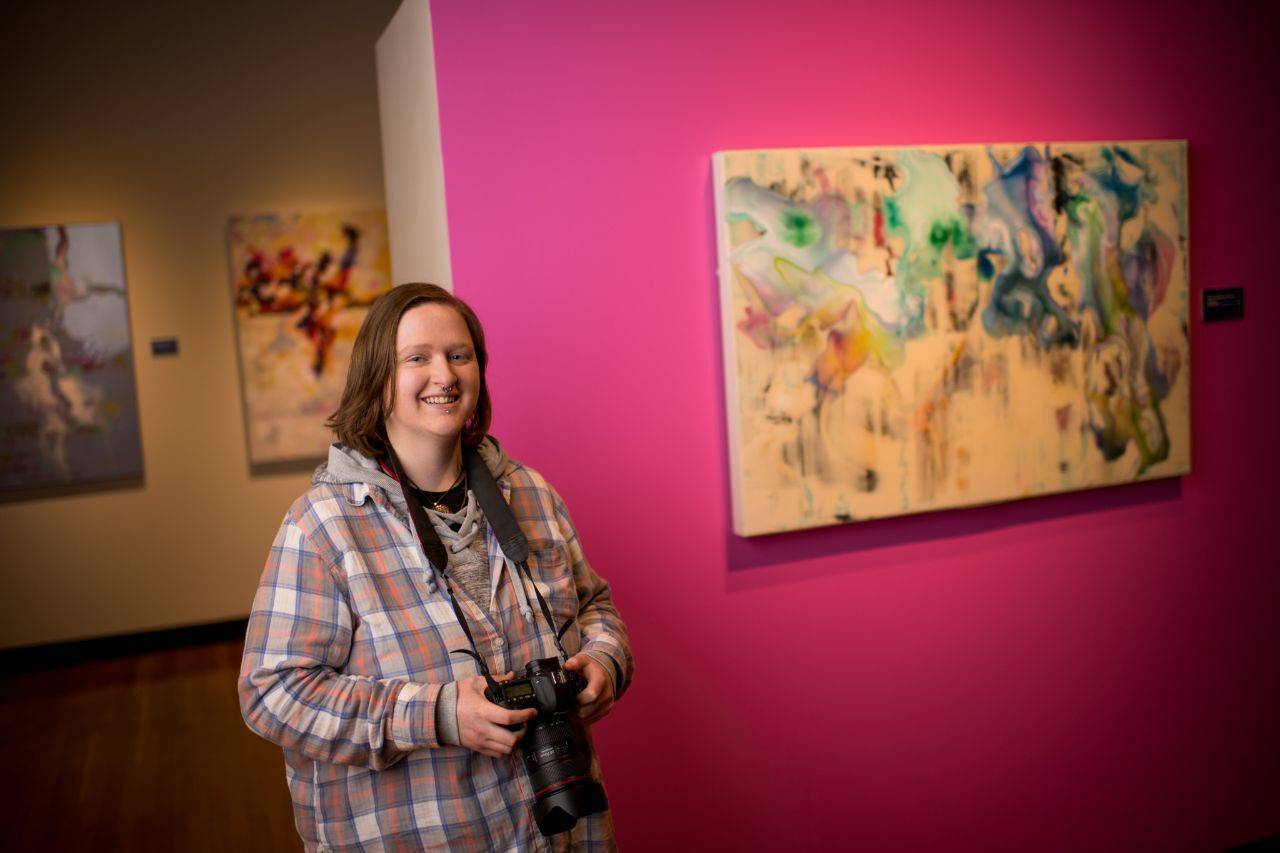
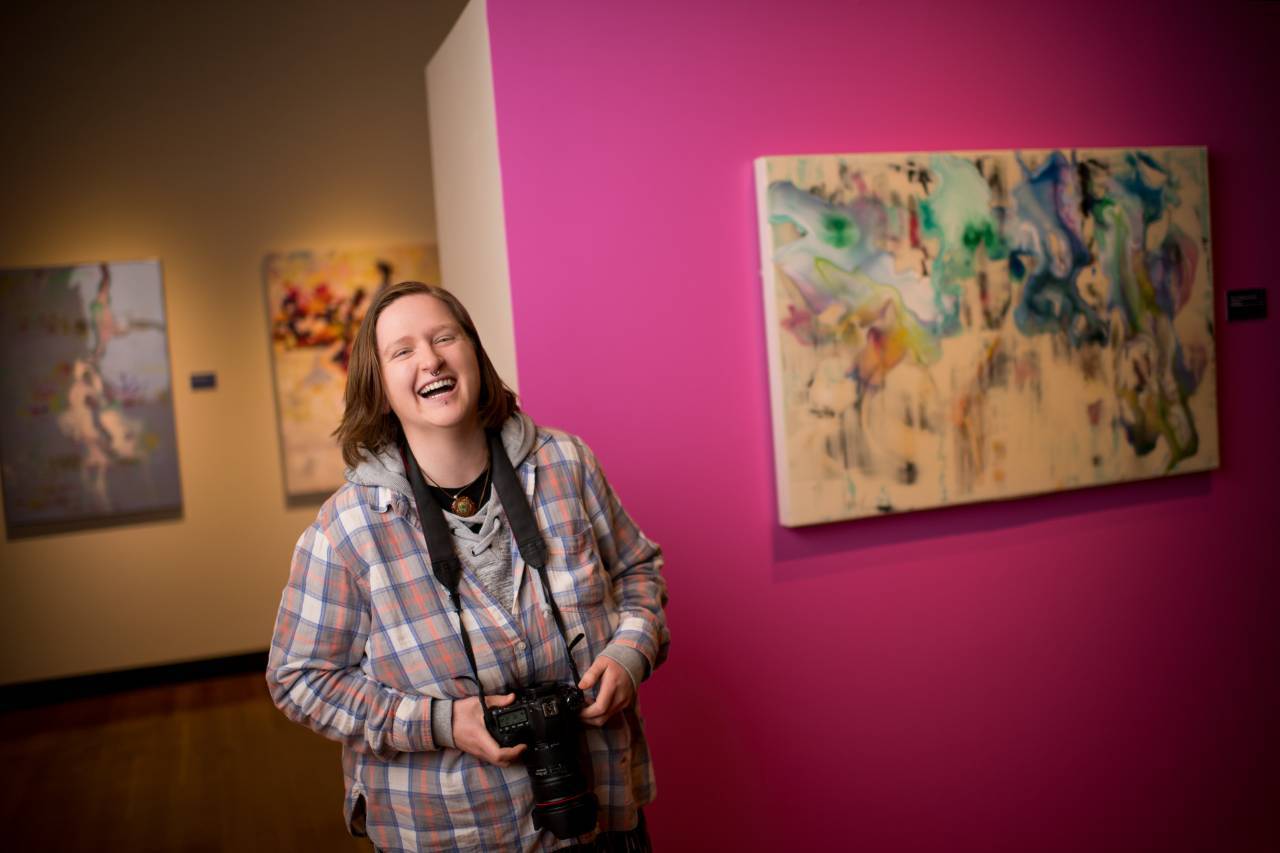
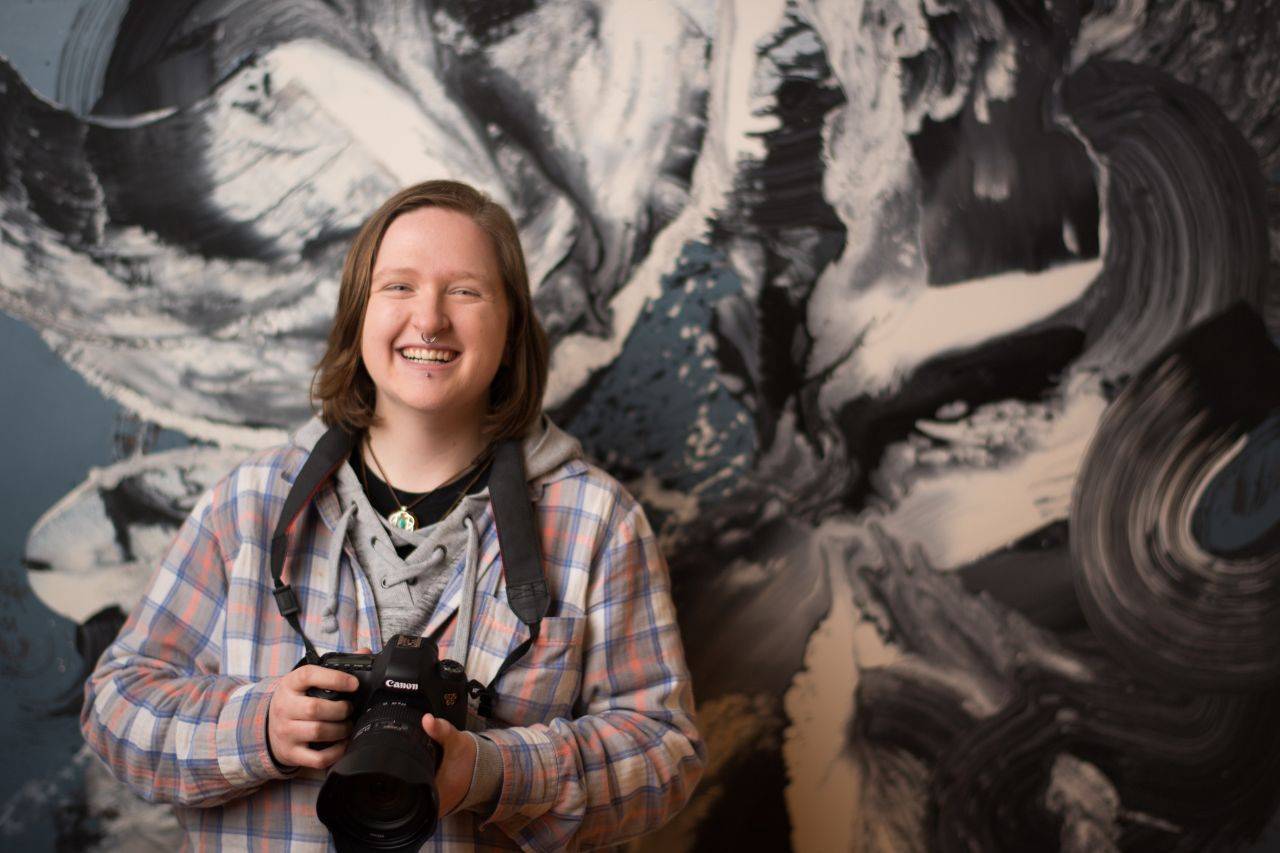
Faculty and Staff
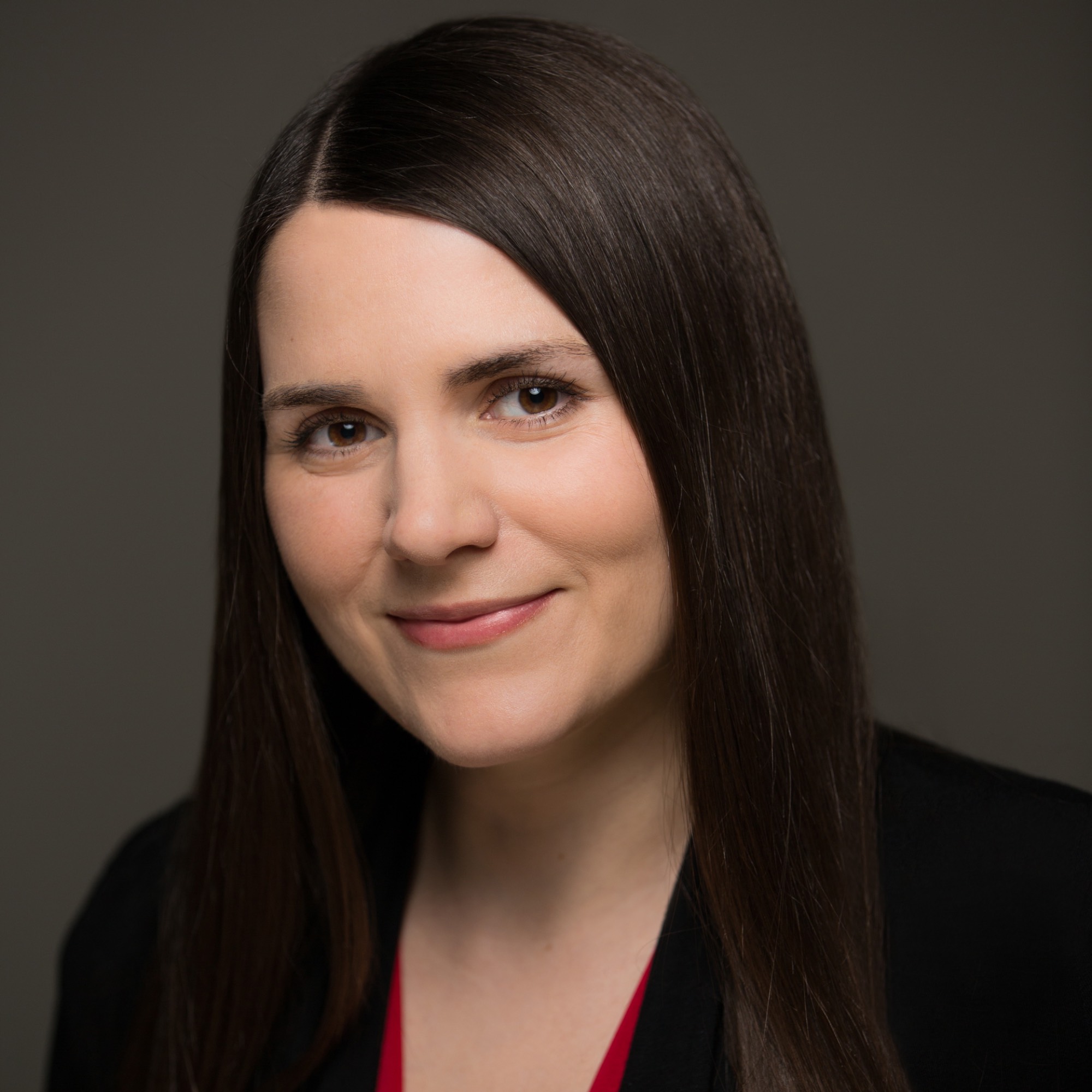
Amanda Pitts
Adjunct Professor of Photography
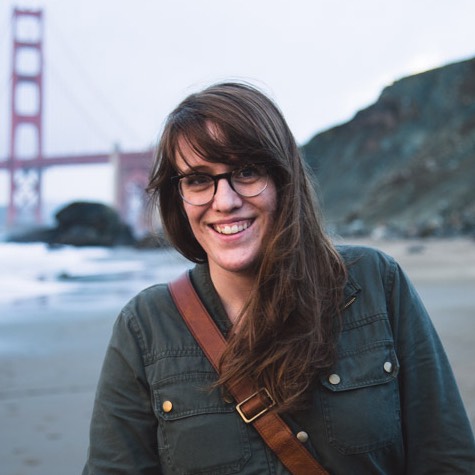
Corinne Keener
Adjunct Professor of Photography
[1756250866].jpg)
Megan Smit
Adjunct Professor of Photography



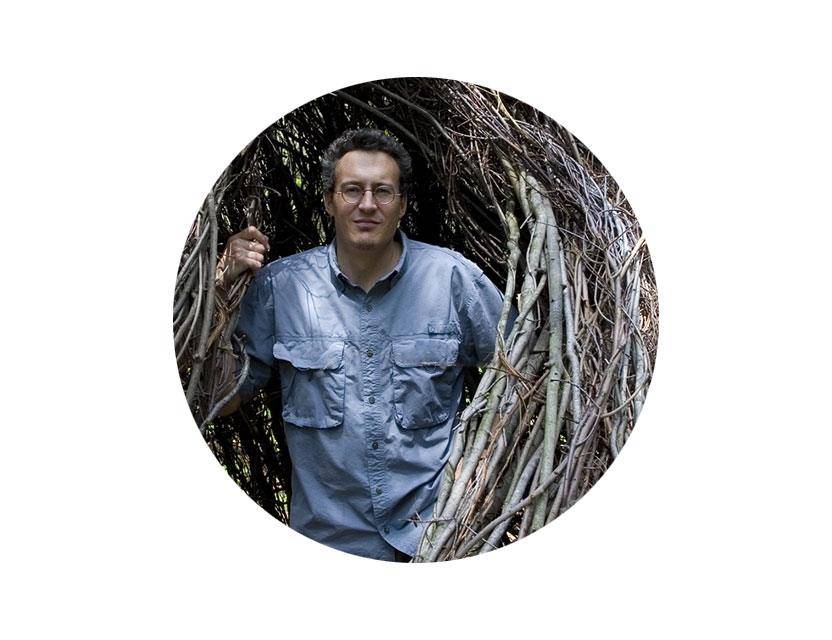
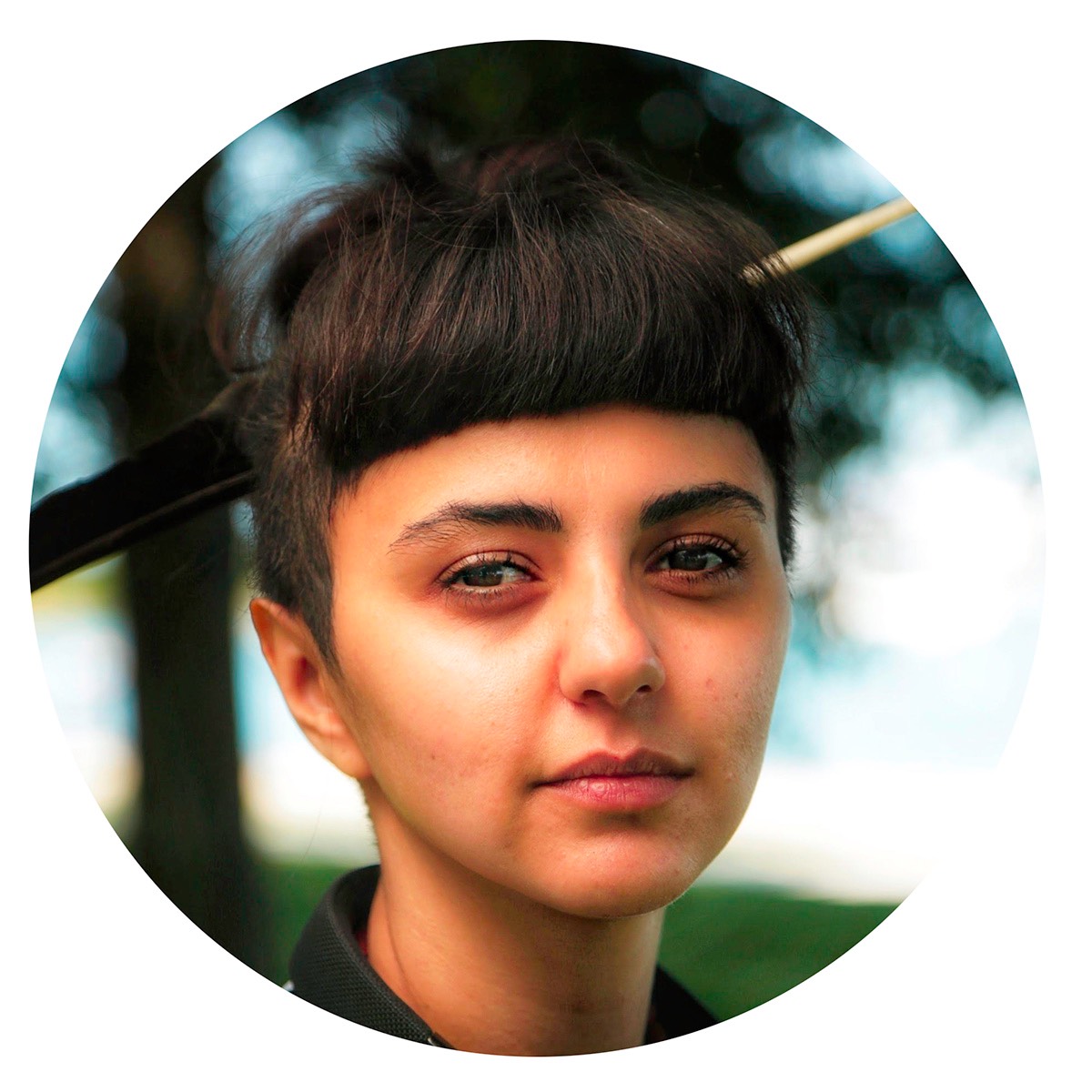
[1659647083].jpg)